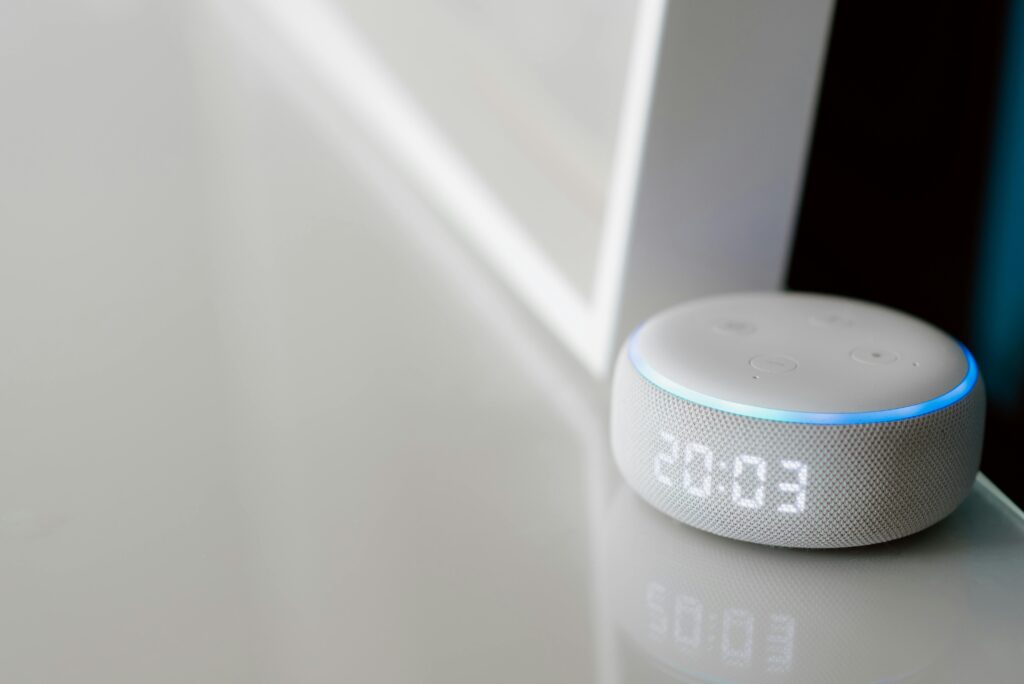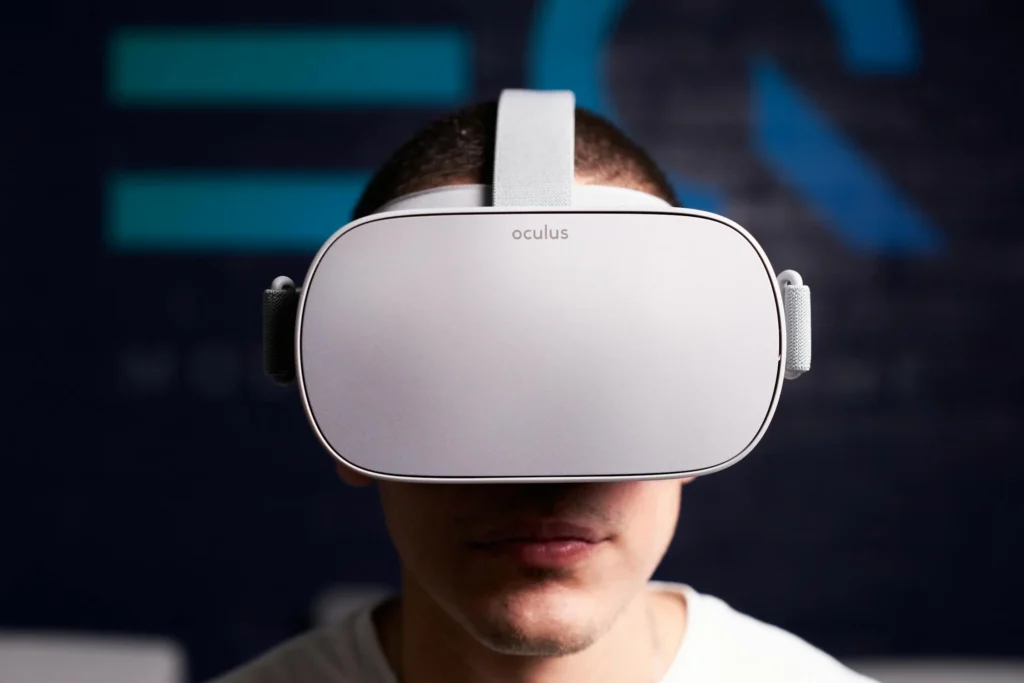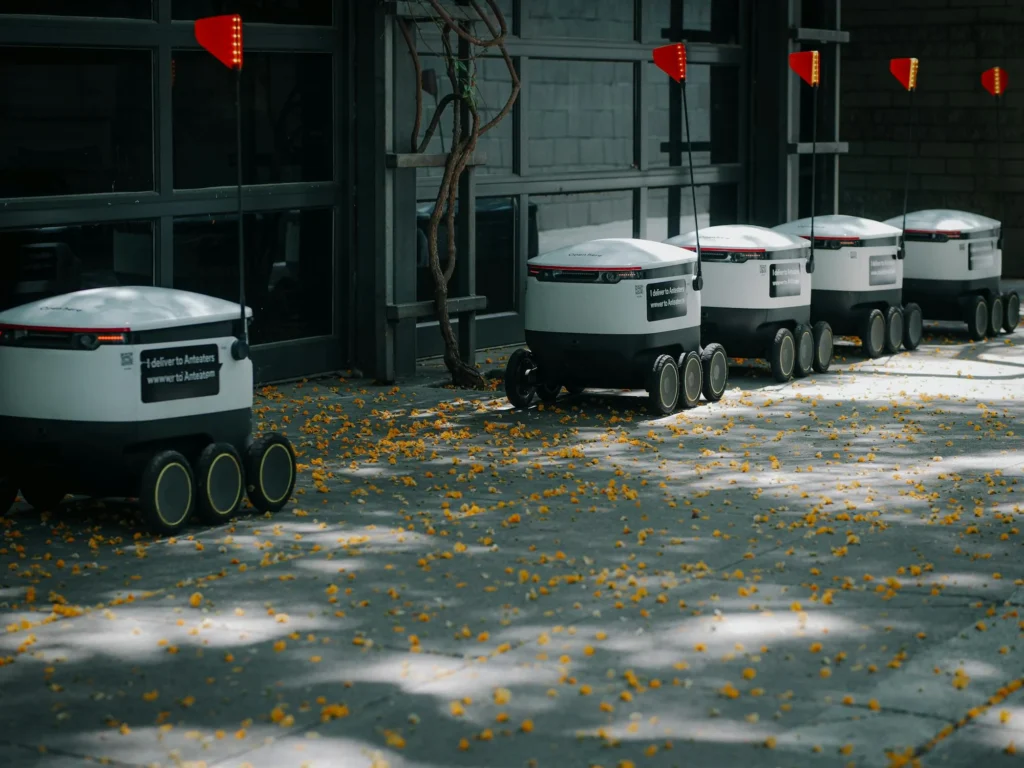
Technology is evolving fast. Among the most exciting advancements, generative AI stands out as a game-changer in consumer technology. By 2025, this innovative tech is set to reshape how we interact with devices, apps, and services daily. From personalized content to smarter gadgets, generative AI is no longer a sci-fi dream—it’s here, and it’s transforming lives. So, what trends should you watch? More importantly, how will these shifts impact you? Let’s dive into this fascinating world and uncover the future awaiting us.
What Is Generative AI in Consumer Technology?

Generative AI refers to systems that create new content – like text, images, or even music – based on data they’ve been trained on. In consumer technology, this means smarter tools for everyday use. For instance, think of voice assistants that write emails or apps that design custom wallpapers. Unlike traditional AI, which analyzes data, generative AI produces something fresh. Consequently, it’s sparking a revolution across industries.
In 2025, this technology is becoming more accessible. Companies like xAI are pushing boundaries, making AI tools user-friendly.
Meanwhile, consumers benefit from seamless integration into phones, wearables, and home devices. The result? A more creative, efficient, and personalized tech experience.
Key Trends Driving Generative AI in 2025

The rise of generative AI isn’t random—it’s fueled by clear trends. Here’s what’s shaping its growth in consumer technology:
- Personalization at Scale: AI now tailors experiences to individual preferences. For example, streaming apps generate playlists or even movie scripts based on your tastes.
- Creative Collaboration: Tools like AI art generators let users co-create with machines. Apps like Canva are integrating these features, boosting creativity.
- Voice-Driven Innovation: Assistants like Siri or Alexa are getting smarter. Soon, they’ll draft messages or plan your day with minimal input.
- Affordable AI Gadgets: From AI-powered earbuds to smart mirrors, costs are dropping. Thus, more people can afford cutting-edge tech.
- Sustainability Focus: Generative AI optimizes energy use in devices, supporting eco-friendly trends.
These trends show how technology adapts to our needs. Moreover, they hint at a future where AI feels like a natural extension of ourselves.
How Technology Enhances Personalization with AI
Personalization is a buzzword for a reason. With generative AI, technology learns your habits fast. Imagine a fitness tracker that designs workouts just for you—or a shopping app that suggests outfits based on your style. In 2025, this level of customization will be standard. Why? Because AI can process massive data sets instantly. As a result, it delivers spot-on recommendations every time.
For more on personalization trends, check out . It’s a perfect companion to understanding AI’s role here.
Impacts of Generative AI on Everyday Life

So, how does this tech affect you? The impacts are both exciting and practical. Let’s break it down:
- Time Savings: AI automates tasks like editing photos or writing drafts. Suddenly, you have more hours in your day.
- Enhanced Creativity: Even non-artists can design logos or music. Tools powered by AI make it easy.
- Better Decision-Making: Smart devices offer insights—like health tips from wearables—based on generated data.
- Privacy Concerns: On the flip side, more data collection raises risks. Companies must prioritize security.
- Job Shifts: Some roles may evolve as AI takes over repetitive tasks. However, new creative jobs will emerge too.
Clearly, generative AI in consumer technology is a double-edged sword. Still, its benefits outweigh the challenges for most users.
The Role of Technology in Creative Industries
Creative fields are seeing a massive shift thanks to generative AI. For instance, musicians use AI to compose melodies. Similarly, writers generate story ideas with tools like Jasper. In 2025, expect this trend to grow. Technology empowers amateurs and pros alike to push boundaries. Curious about AI’s creative potential? Read for deeper insights.
Challenges and Ethical Questions
Despite its promise, generative AI isn’t perfect. First, there’s the issue of bias. If AI learns from flawed data, it can produce skewed results. Next, copyright debates are heating up. Who owns AI-generated art? Additionally, energy consumption is a concern—training these models takes serious power. Fortunately, companies are tackling these problems head-on. For example, Google’s sustainability efforts show progress (source).
Ethically, transparency matters. Users deserve to know when AI shapes their experience. In short, balancing innovation and responsibility is key.
The Future of Generative AI in Consumer Tech
Looking ahead, generative AI will only get smarter. By late 2025, expect fully autonomous assistants that predict your needs. Picture this: your fridge suggests recipes based on its contents, then orders missing ingredients. Likewise, wearables might generate health reports without a doctor’s visit. Technology is heading toward a seamless, intuitive future.
High-authority predictions, like those from Forbes, suggest AI will dominate consumer markets soon. Therefore, staying informed is crucial.
Why Technology Adoption Matters for Consumers

Adopting this technology isn’t optional—it’s essential. Why? Because it saves time, boosts creativity, and simplifies life. However, you don’t need to be a tech expert. Most devices will integrate AI effortlessly. Thus, even casual users can enjoy the perks. The takeaway? Embrace the change, and you’ll thrive in 2025.
Conclusion: Embracing the AI Revolution
The rise of generative AI in consumer technology is unstoppable. In 2025, it’s set to redefine how we live, work, and create. From personalized gadgets to ethical challenges, this tech touches every corner of life. So, get ready—technology is evolving, and you’re part of the journey. What’s your next step? Explore AI tools today and see the magic for yourself. Check more post on trending technology Here
Pingback: 13 Surprising Things Poor People Do That Rich People Don’t
Pingback: Top 10 Laptops in 2025: Fast, Smart & Future-Ready Picks